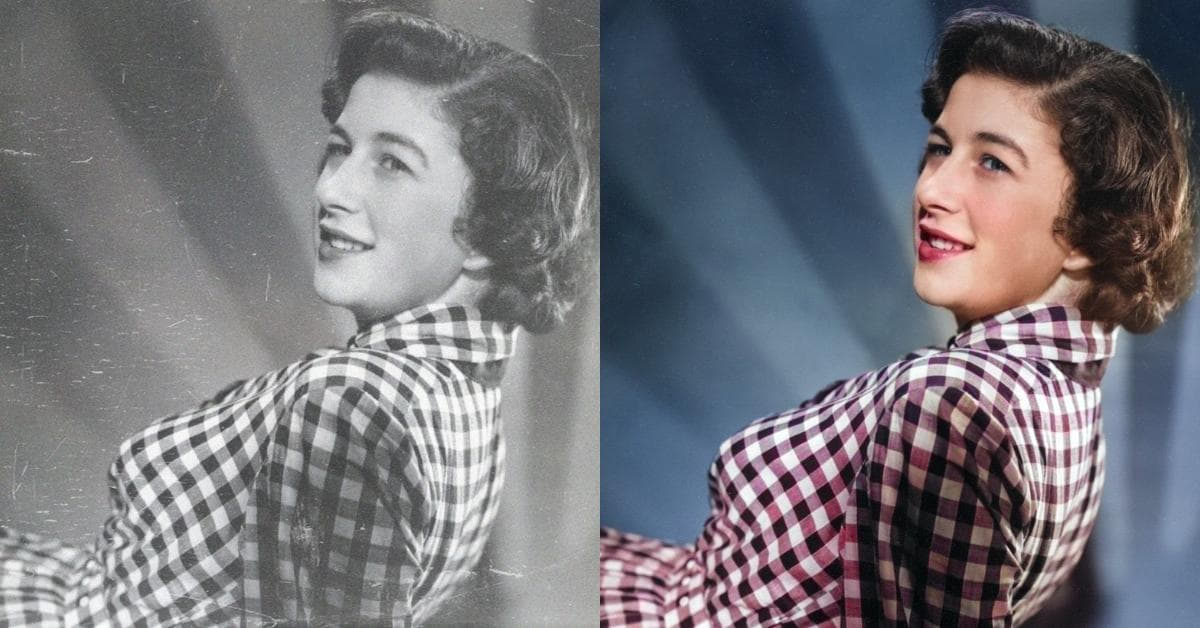In the age of digital photography, the nostalgia of black and white photos often takes us down memory lane. These timeless images capture the essence of bygone eras and hold cherished memories. However, as time marches on, these precious photos may have suffered damage, leaving them faded, torn, or with other imperfections. The good news is that with modern technology and some expertise, you can bring them back to life through photo restoration.
In this article, we’ll explore the art of photo restoration for damaged black and white images. We’ll provide insights, tips, and techniques to help you preserve the beauty of your old photos. Whether you’re a photography enthusiast, a family historian, or someone looking to surprise a loved one with a revitalized image, this guide is for you.
Understanding Photo Restoration
Photo restoration is the process of digitally enhancing and repairing damaged, old, or faded photographs. It aims to restore images to their original, pristine condition or even improve upon them. Photo restoration for damaged black and white images can breathe new life into vintage photos, making them look as good as new.
Photo Restoration Tools and Software
Before diving into photo restoration for damaged black and white images, you’ll need some essential tools and software:
- A high-resolution scanner
- Photo editing software (Adobe Photoshop, GIMP, or online alternatives)
- A computer with ample processing power
- Digital graphics tablet for precision (optional)
Step-by-Step Restoration Process
a. Scan Your Image: Begin by scanning your damaged black and white photo at the highest resolution possible. A resolution of 300-600 dpi is ideal.
b. Digital Backup: Make a copy of the scanned image and work on the duplicate, preserving the original.
c. Dust and Scratch Removal: Use the software’s retouching tools to eliminate dust, scratches, and small imperfections. Be careful not to overdo it.
d. Contrast and Brightness: Adjust the contrast and brightness to improve the image’s overall quality. This can often reveal hidden details.
e. Repair Tears and Folds: For torn photos, use the clone stamp or healing brush to rebuild missing areas. Be patient and meticulous.
f. Restore Details: Focus on restoring important details, such as facial features and background elements.
g. Add Missing Elements: If necessary, recreate missing portions by using similar reference images or artistic skills.
h. Grayscale and Toning: Convert the image back to grayscale and adjust the tonal range for a classic look.
i. Final Touches: Fine-tune your image by reducing noise, sharpening details, and ensuring a cohesive appearance.
Tips for Successful Restoration
- Take your time and work meticulously, especially with intricate details.
- Use multiple reference images for accuracy.
- Experiment with various restoration techniques to find the best approach for each image.
- Save your progress in different stages to allow for easy corrections.
Preserving Your Restored Images
Once your photo restoration for damaged black and white images is complete, it’s crucial to protect and preserve the revitalized image. Store it in acid-free, archival-quality materials and keep it away from direct sunlight, humidity, and extreme temperatures to ensure it lasts for generations.
FAQs
Q1: How long does photo restoration typically take?
A1: The time required for photo restoration varies depending on the level of damage and your skill level. Simple fixes might take a few hours, while complex restorations can take days or even weeks.
Q2: Can I restore color to a black and white photo?
A2: While colorization is possible, it’s a separate process from restoration. You can choose to add color to your black and white image, but it requires artistic skills or specialized software.
Q3: What is the cost of professional photo restoration services?
A3: Professional photo restoration services can range from $25 to $200 per image, depending on the complexity of the restoration. DIY restoration is a more budget-friendly option.
Q4: Are there any free photo restoration software options?
A4: Yes, there are free photo editing software options like GIMP and online platforms like Pixlr. These tools offer many restoration features.
Q5: How can I learn photo restoration techniques?
A5: You can find online tutorials, courses, and forums dedicated to photo restoration. Practice is key, so start with simpler projects and gradually progress to more complex ones.
Conclusion
Photo restoration for damaged black and white images is a rewarding process that allows you to breathe new life into old images, preserving their beauty for future generations. Armed with the right tools, software, and techniques, you can embark on a journey to revive your family’s history and capture the essence of days gone by in stunning detail. With patience and practice, the art of photo restoration can become a valuable skill in your creative arsenal.
This page was last edited on 19 February 2024, at 5:39 pm
